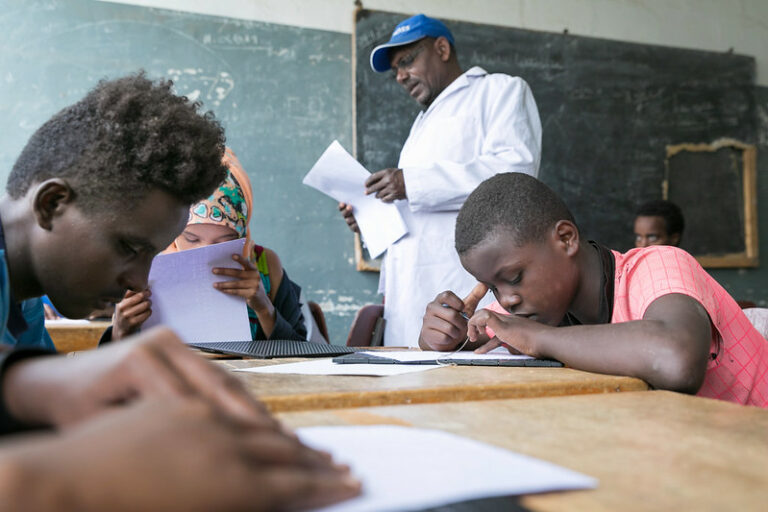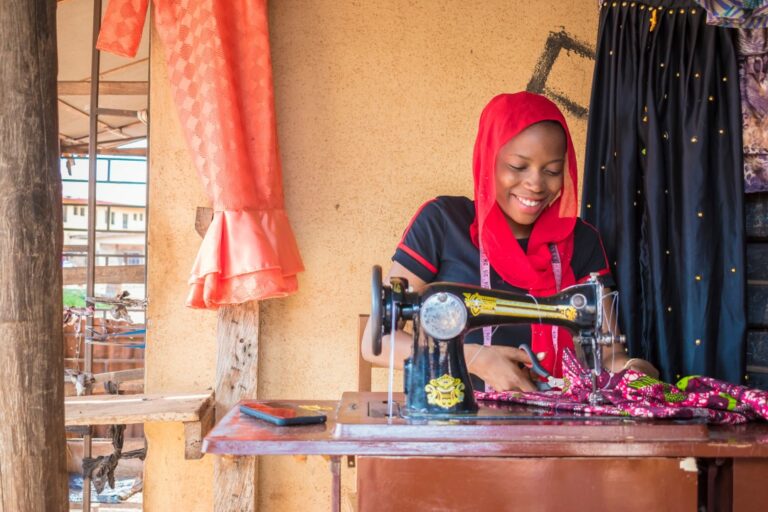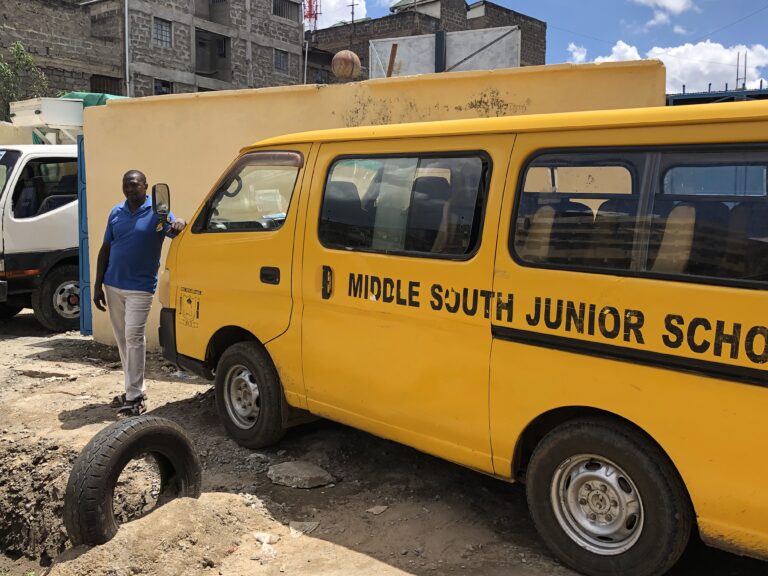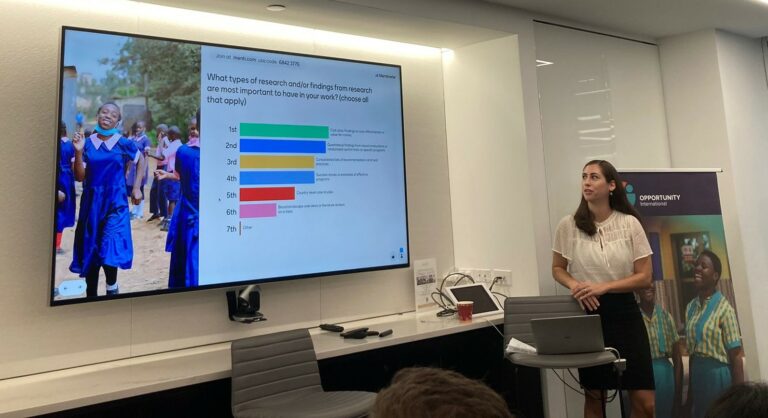What works in cost-effective gender programming in education? Lessons from the Investing in Girls’ Education Learning Group
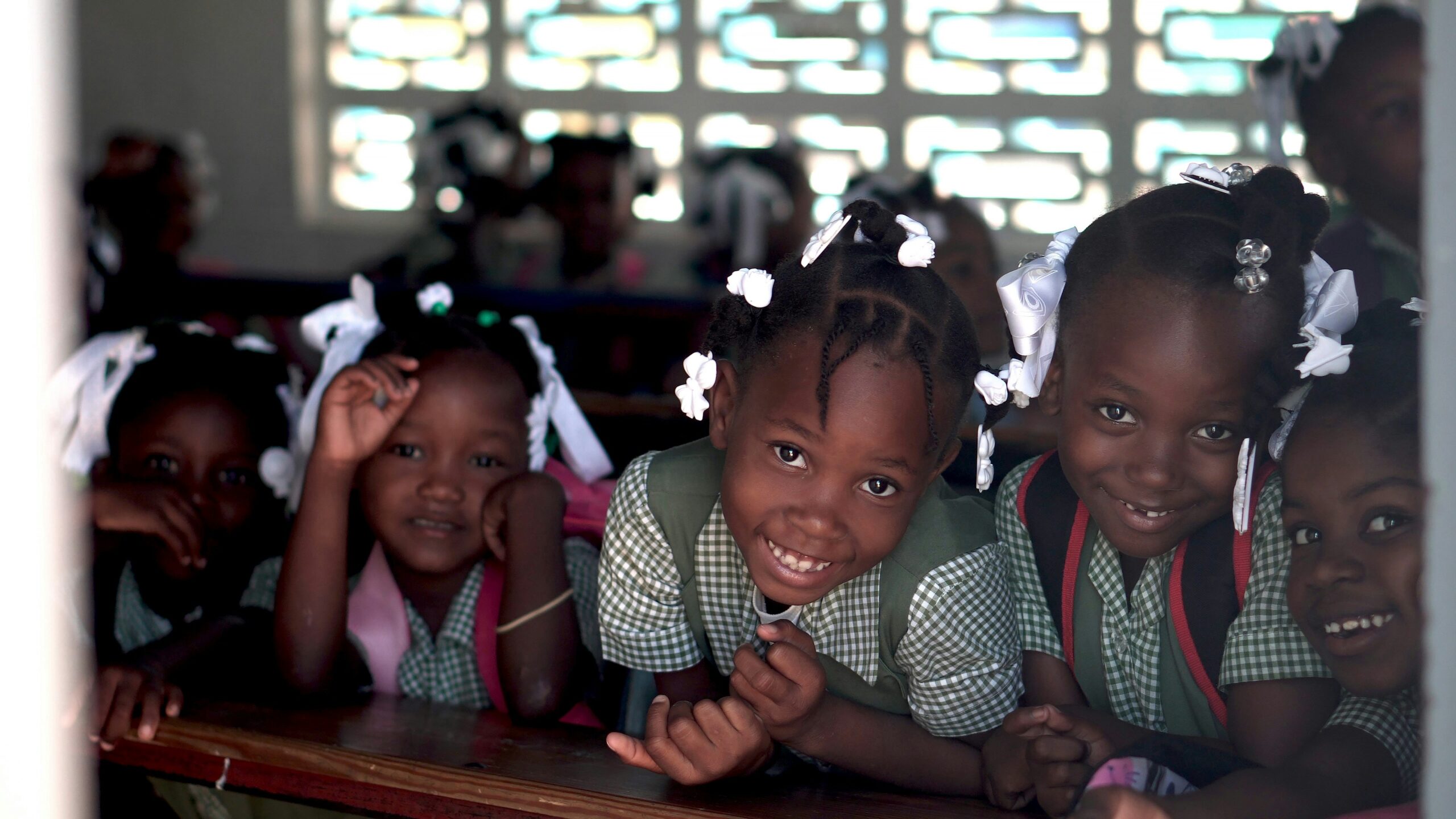
Global education funding is under increasing strain, with aid declining and domestic budgets stretched thin. Low- and lower-middle income countries face an estimated $97 billion annual shortfall to reach SDG4 by 2030, with more than $70 billion of that gap in Sub-Saharan Africa alone. In this climate, the focus on cost-effectiveness has never been stronger, with increased scrutiny on not just how much is being spent, but how investments are leading to greater outcomes. Within this broader push for efficiency, the case for investing in girls’ education stands out. Evidence consistently shows that girl-centered interventions generate multiplier effects across learning, health, livelihoods, and intergenerational well-being. The challenge, however, lies in demonstrating these wide-ranging benefits in ways that meet the growing demand for value-for-money analysis, while still capturing the full scope of outcomes that matter most for girls.
The Investing in Girls’ Education Learning Group, co-hosted by the Education Finance Network (EFN) and the Children’s Investment Fund Foundation (CIFF), was launched to bring together leading organizations in the sector to examine how to advance financing for girls’ education. CIFF’s leadership and catalytic influence have been pivotal in shaping this effort, building on its broader track record of championing innovative, ecosystem-based approaches that tackle the root causes of issues facing girls. Through investments in child health, education, and protection, CIFF has demonstrated how aligned, multi-sectoral interventions can unlock transformative outcomes for girls and their communities.
Participants include a diverse mix of global and regional actors such as The Malala Fund, Educate Girls, FAWE, Innovations for Poverty Action, PEAS, and CAMFED. The aim of the group is to create a space for collaborative learning, where evidence can be shared to strengthen the case for investment in girls’ education and chart practical pathways for impact at scale. In our initial meetings, discussions centered on two critical themes: how to make the case for investing in girls’ education a strategic national priority, and how to identify practical, cost-effective models that deliver results for girls. From these conversations, three key insights emerged on what works and what should change if financing is to deliver on its promise for girls’ education.
First, girls’ education must be framed as a national investment, one that keeps governments engaged and embeds girls’ education in fiscal planning from the outset. Second, funders, implementors, and policymakers must be able to measure cost-effectiveness and impact credibly, with evidence that goes beyond outputs to show outcomes that matter for girls and economies. Third, practical, contextualized, and peer-based interventions demonstrate how investments can translate into scalable models. Together, these insights illustrate why we must invest in girls’ education and what we can do to ensure those investments deliver lasting value.
Framing Girls’ Education as a National Investment: Keeping the Government at the Table and Breaking into Fiscal Space
Investing in girls’ education must be framed as a strategic national priority, central to economic growth and development. This ensures that governments remain engaged and committed and allows education advocates to secure investments in the broader policy agenda.
Building strong government relationships and fostering trust from the outset is critical to achieving sustainability. Programs should be co-designed with Ministries of Education and Finance, aligned with national curricula and teacher training systems, and embedded within sectoral policies.
The greatest recurring challenge in engaging governments is that many officials are not persuaded by arguments that single out girls’ education, as there is a prevailing preference to frame priorities around all children rather than girls specifically. This underscores the importance of positioning girls’ education not as a zero-sum choice, but as an investment that drives system-wide gains. We saw that removing barriers for girls, whether through reducing dropout rates, improving safety, or expanding transitions to secondary school, strengthens the overall education system and wider society, benefiting boys as well. As showcased in our learning group, PEAS Girls’ Club exemplified this approach, having demonstrated that by providing a safe space for girls to come together, learn life skills, build confidence, and improve their school performance, and by supporting changes in attitudes and reducing gender-discriminatory practices such as child marriage, we can improve girls’ education outcomes. By framing girls’ education as a catalyst for national progress, advocates can more effectively bring governments on board.
Measuring Cost-Effectiveness and Impact: Why This Matters and the Evidence Base Needed to Support Interventions
Investing in girls’ education must be justified by demonstrable efficiency and impact. This begins with clarity of purpose: interventions should specify the outcome they seek to change, such as school completion, learning gains, or delayed marriage, rather than simply reporting outputs like enrollment figures.
Accurate measurement also depends on capturing the full cost of delivery. This includes in-kind contributions, volunteer time, and even opportunity costs. For organizations operating across multiple countries, transparency in attributing shared and country-level expenditures is essential to generating credible and comparable cost-effectiveness ratios.
As interventions are designed, costs should be paired with credible measures of impact. Pre-specifying metrics that governments can adopt builds trust, as previously emphasized, and increases the likelihood of interventions being scaled.
At the same time, cost-effectiveness analysis must evolve to capture the multidimensional aspirations of girls themselves, including socio-emotional skills, safety, and empowerment.
Crucially, evidence must be contextual: in Madagascar, for instance, a menstrual health program improved learning not by raising attendance as expected, but by reducing stress and strengthening school climate. Recognizing these varied causal pathways ensures that cost-effectiveness analyses do more than prove efficiency: they illuminate why interventions work, guiding funders and governments toward smarter, more scalable investments in girls’ education.
Contextualized and Peer-Based Interventions: Practical, Scalable Models that Make the Case for Investment in Girls’ Education
The most cost-effective models for girls’ education are those designed with girls themselves at the center, responding to their lived realities and layered needs. Effective interventions begin with meaningful participation, ensuring that girls and their communities shape priorities, content, and delivery. Co-creation, such as translating materials into local languages, adapting for the schooling level where dropout risk is greatest, or tailoring support to cultural norms, builds local ownership and ensures relevance.
Girls are not a homogenous group, and their needs cannot be met by a single intervention. Strong programs therefore layer supports, e.g., combining mentoring and safe spaces with targeted academic help, life-skills training, financial support, and links to health or protection services. This integrated approach addresses the multiple and intersecting barriers that girls face, and it does so in ways that reflect their own voices about what matters most.
Within this layered design, peer-based approaches stand out as practical and scalable. Near-peer mentors, or slightly older girls and young women, serve as trusted role models, offering guidance and encouragement at low marginal cost through modest stipends or volunteer frameworks. Structured peer groups, such as girls’ clubs and study circles, further strengthen resilience by providing safe spaces for friendship, leadership, and confidence-building using existing infrastructure. The CAMFED Learner Guide program provides a leading example of this model in practice, where young women graduates return to their communities to mentor and support the next generation of girls. This approach has been recognized for its cost-effectiveness and sustainability, and it offers a powerful template that governments and partners can adapt and adopt in their own contexts. Notably, the program has been adopted and scaled up by the governments of Malawi, Tanzania, and Ghana.
Emerging insights from programmatic work also remind us that no single model transfers universally. A program that delivers strong results in one setting may not deliver elsewhere due to differences in capacity, resources, or social norms. For example, discussions during the learning group highlighted instances such as adolescent girls’ clubs, which delivered strong results in Uganda but showed limited effects in Tanzania due to resource constraints. This makes contextualized evidence-generation essential: testing interventions across settings, adapting to new environments, and continuously refining design with input from girls and their communities. Only by centering the girls, layering supports, and integrating with other critical services can investments deliver impact at scale.
Tying It Together: Invest, Integrate, and Measure What Matters
The case for investing in girls’ education has been made. The challenge now is not whether to invest, but how to design and finance interventions so that every dollar stretches further for the girls who need it most. Philanthropy has a critical role to play as catalytic capital, with governments the long-run stewards of scale. We invite partners across sectors to join us in designing and financing innovative investments for girls’ education. Together, we can create opportunities that not only improve learning outcomes but also empower girls to participate in and shape Africa’s economies for generations to come.

